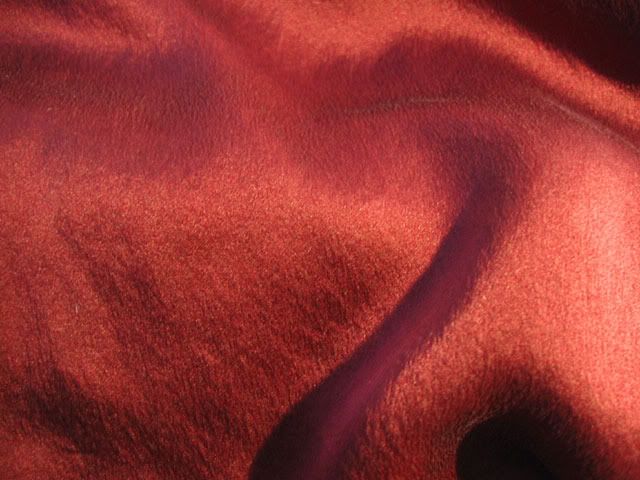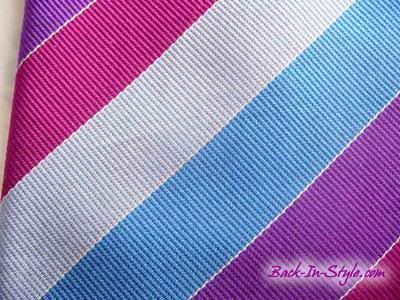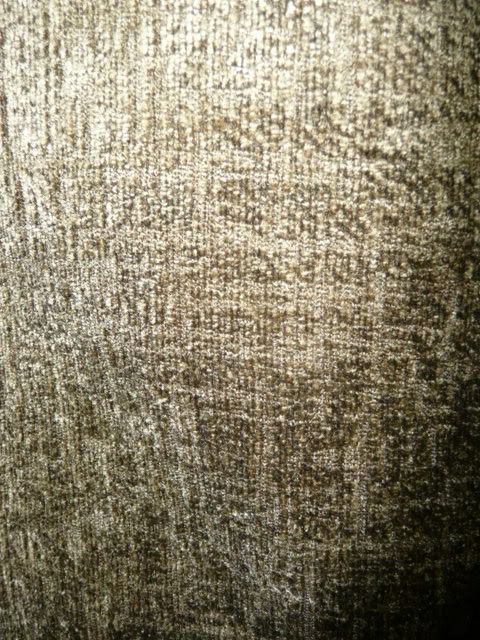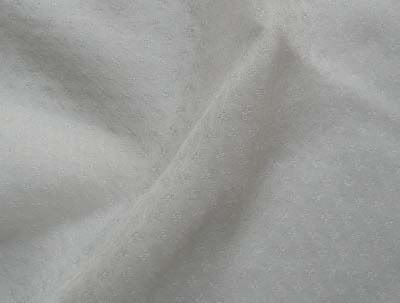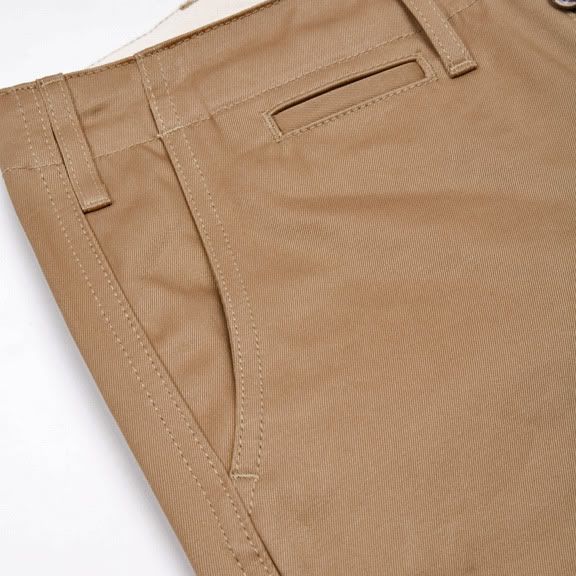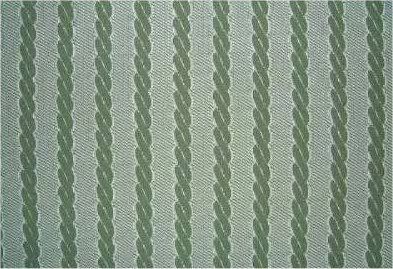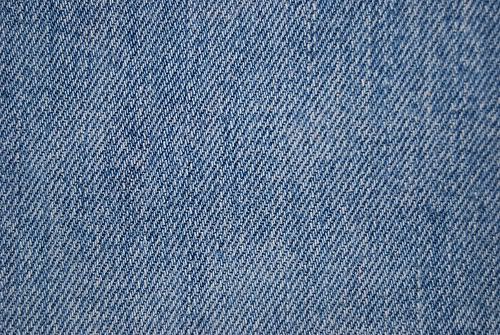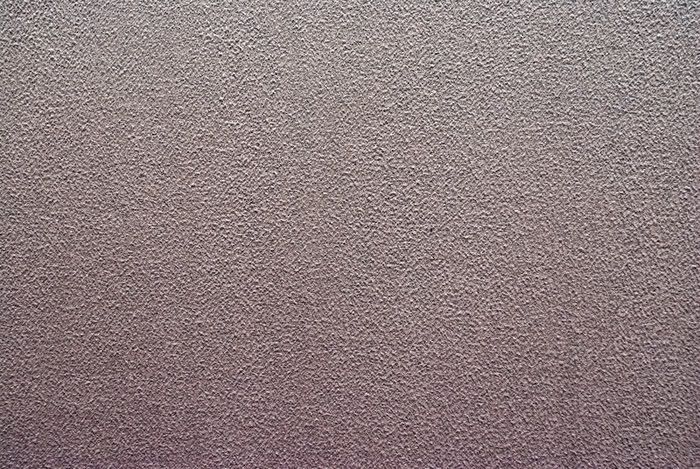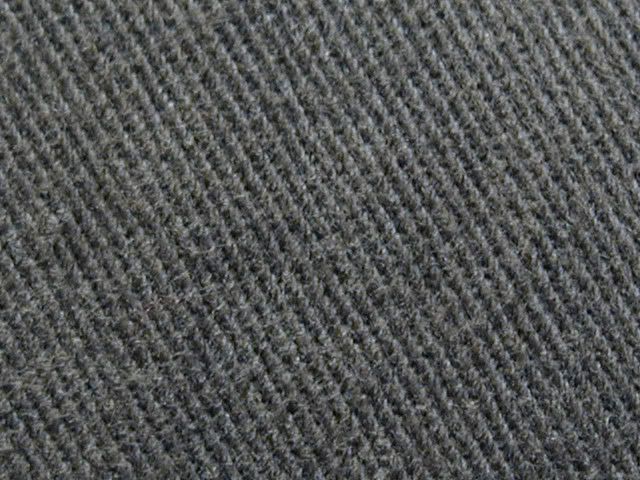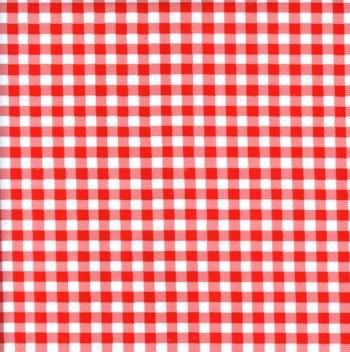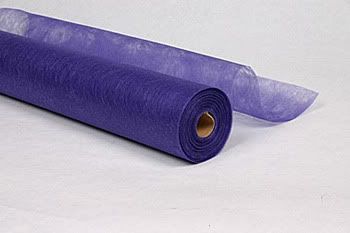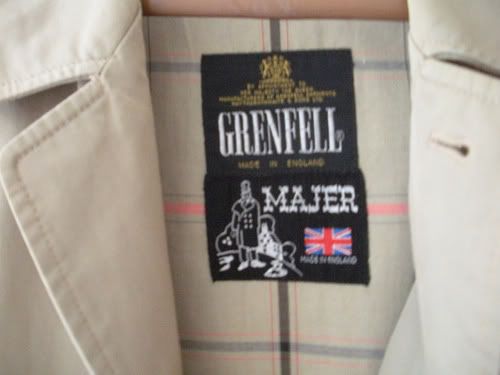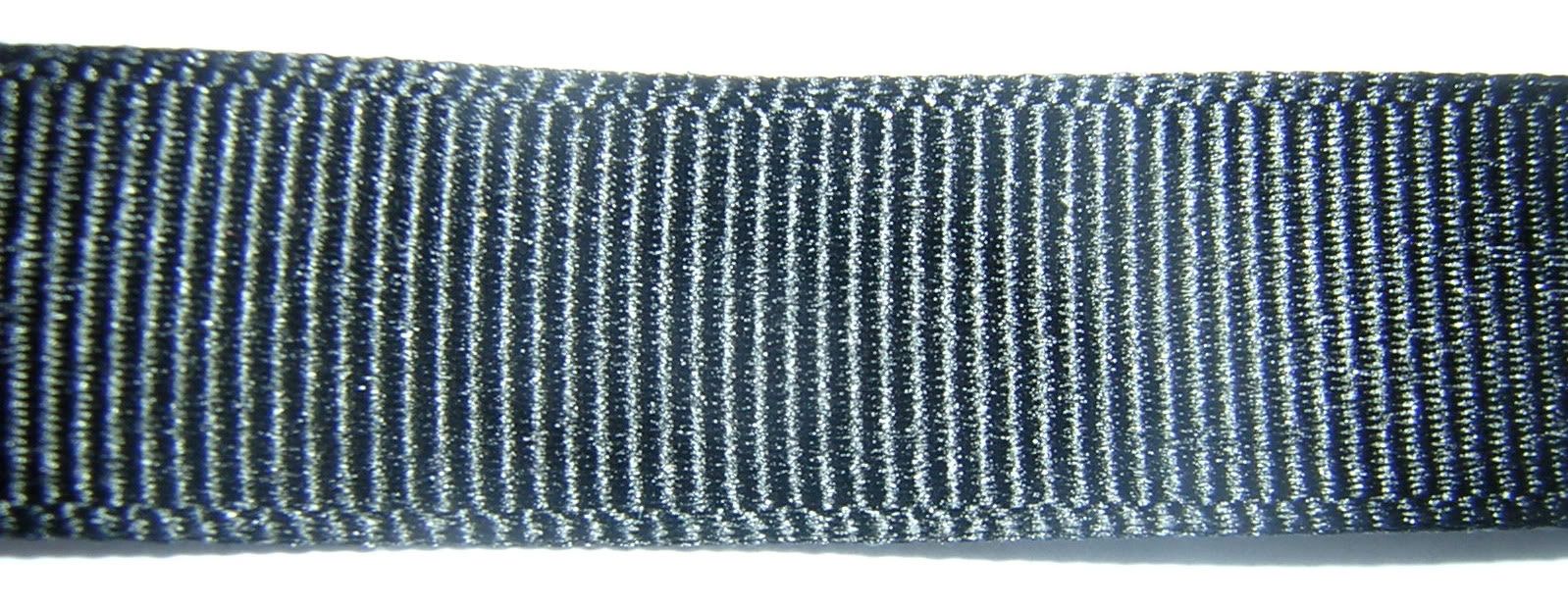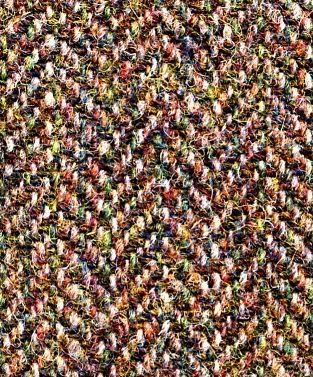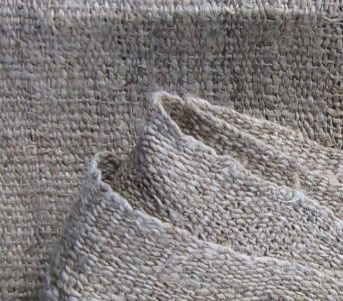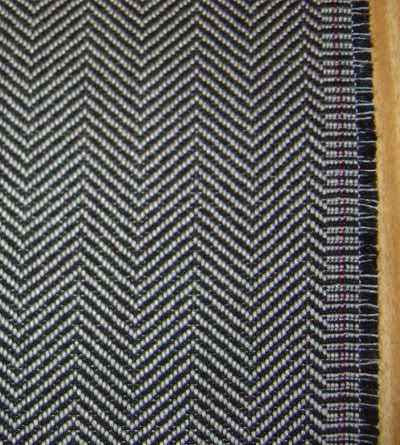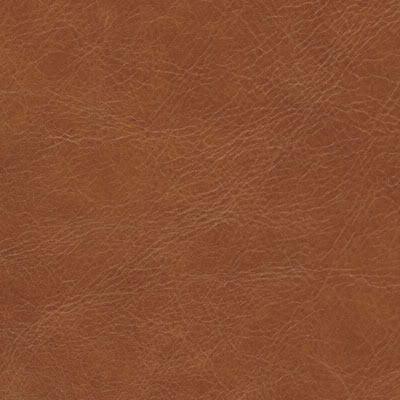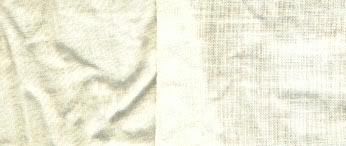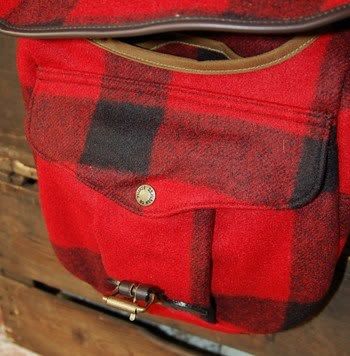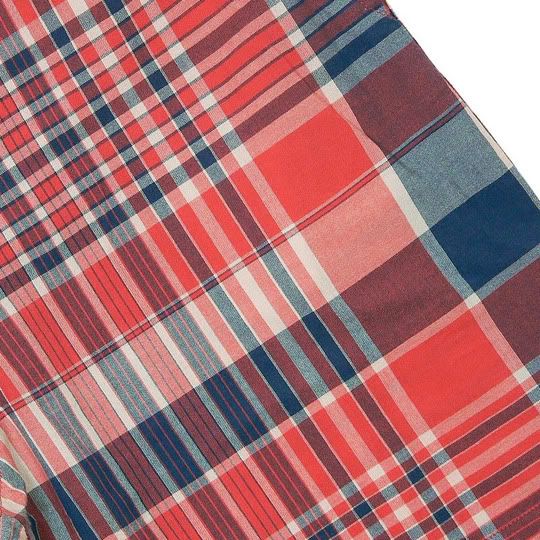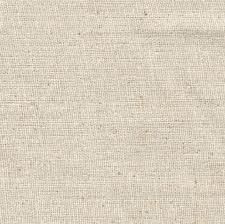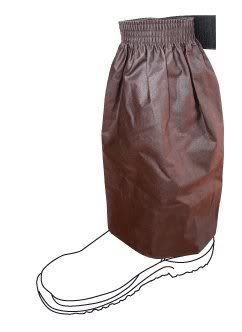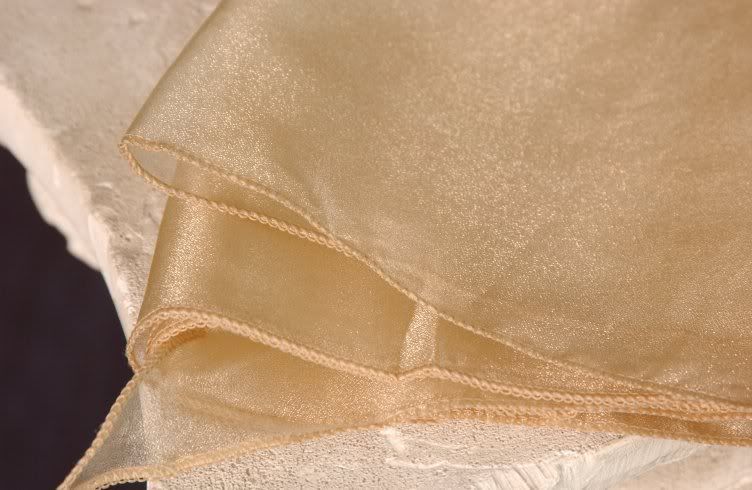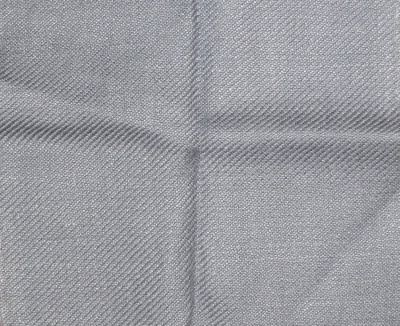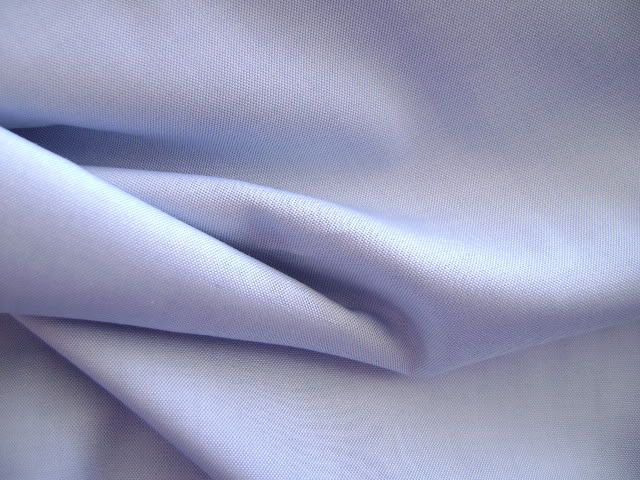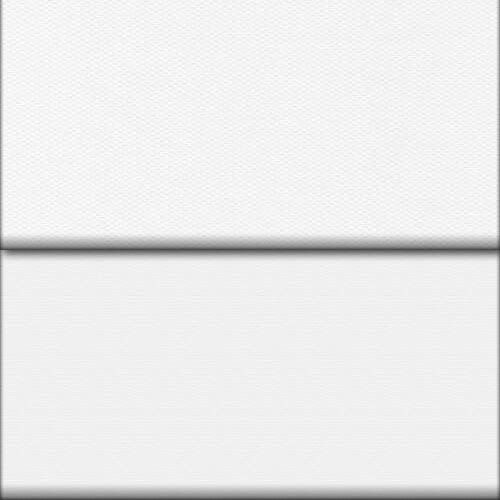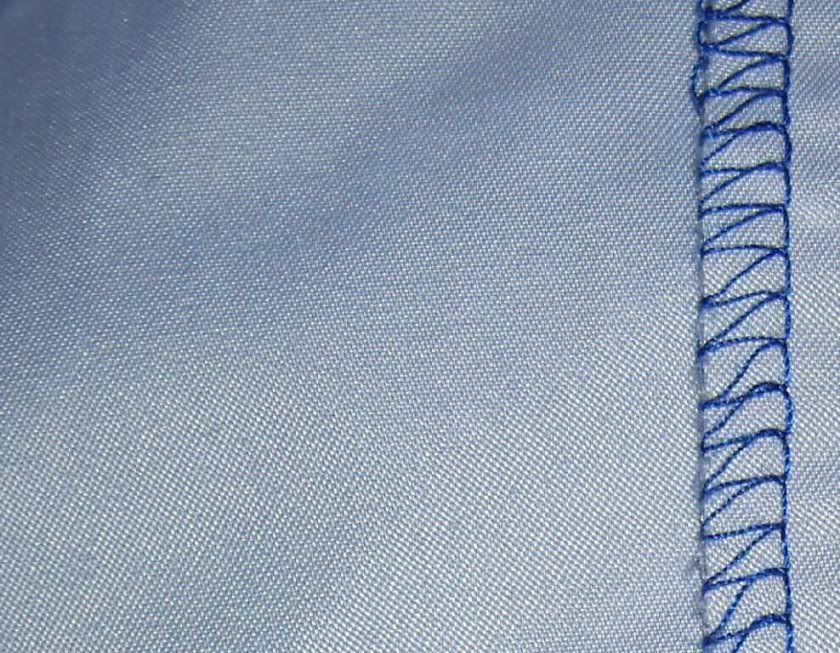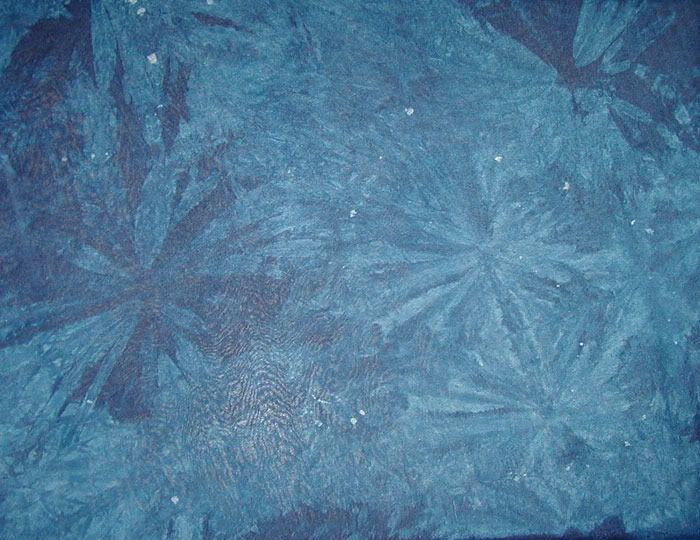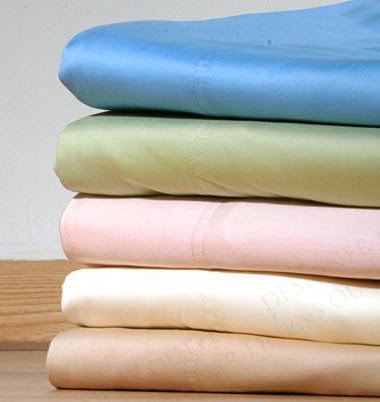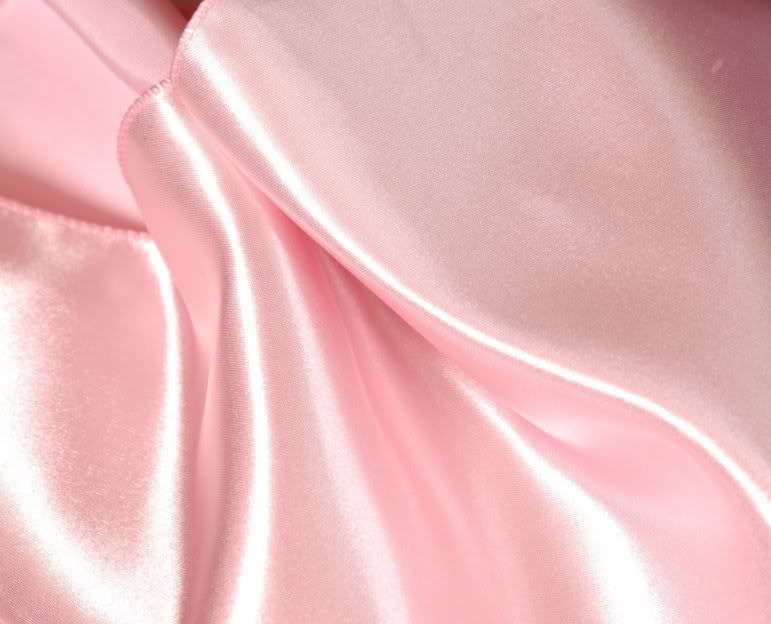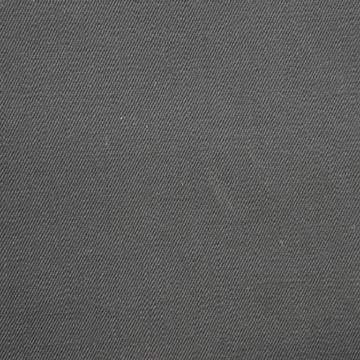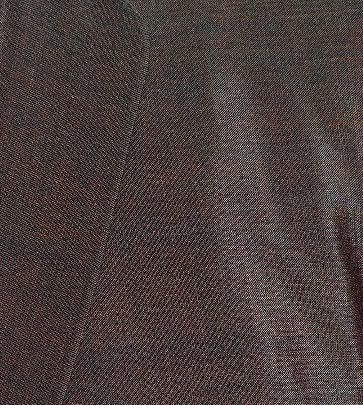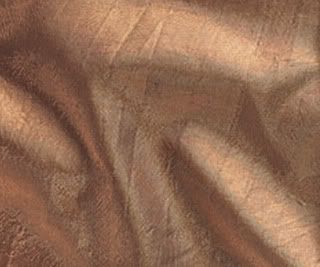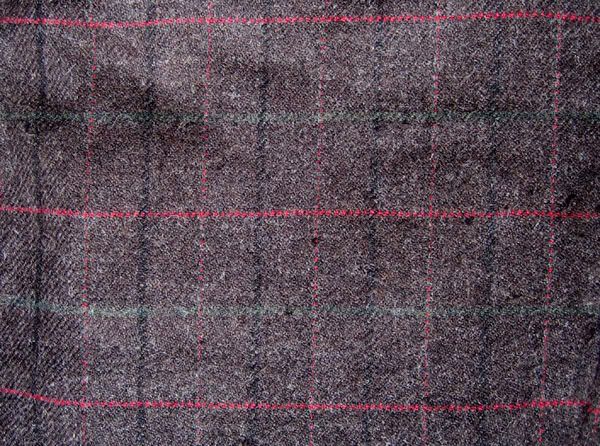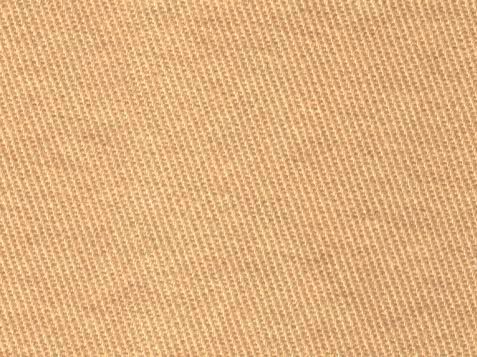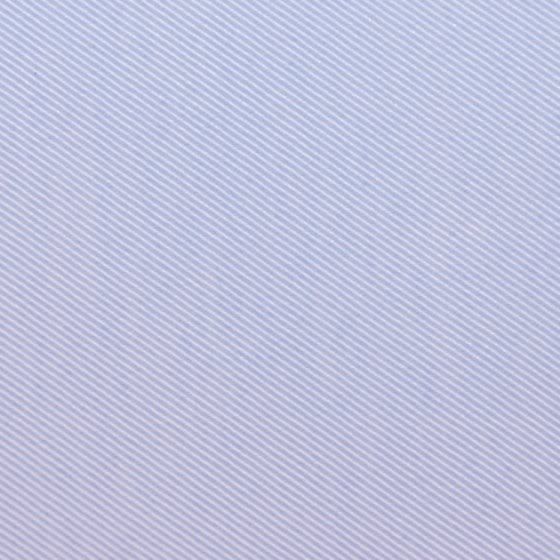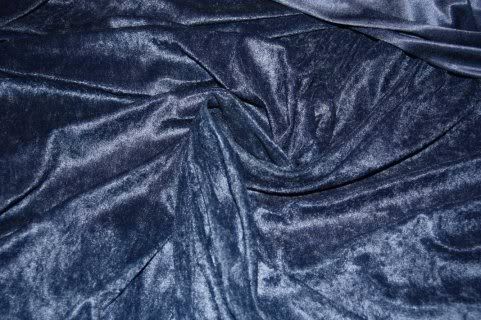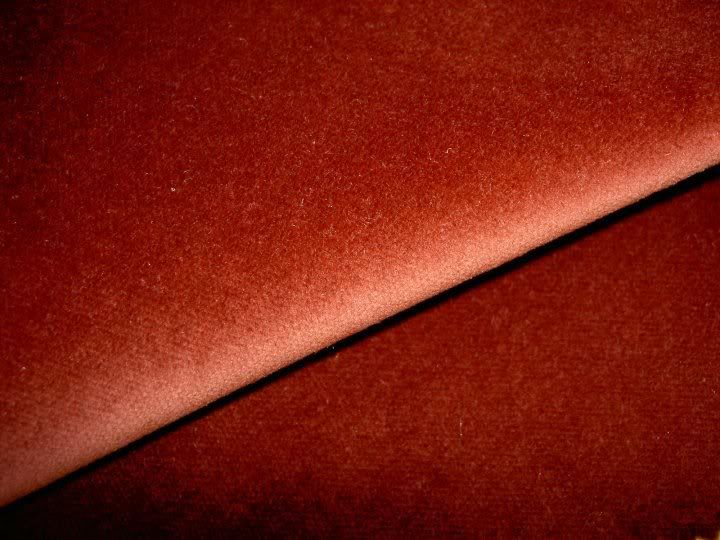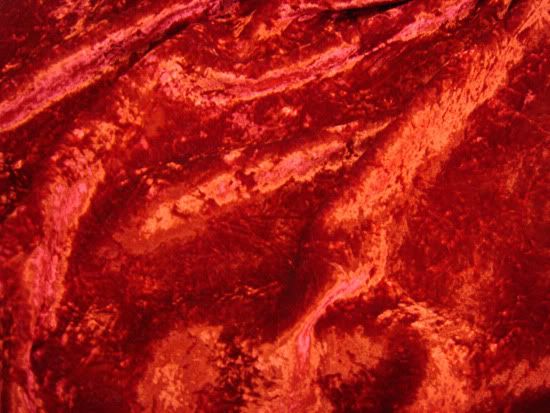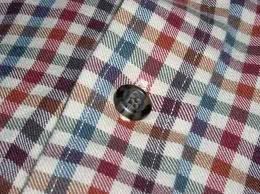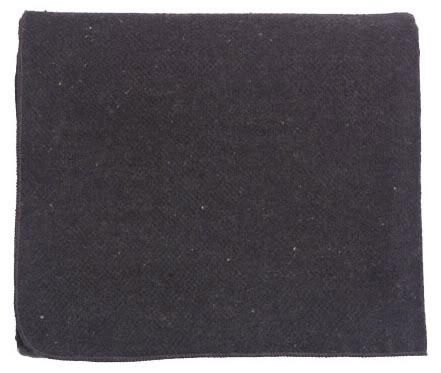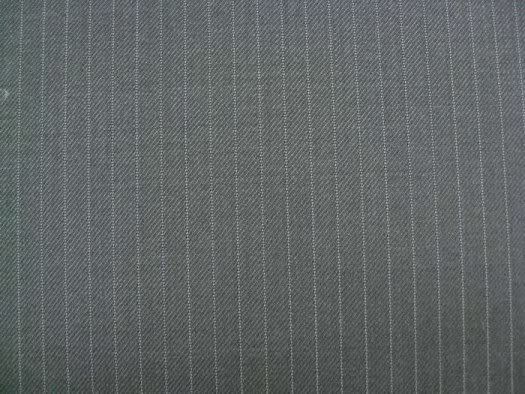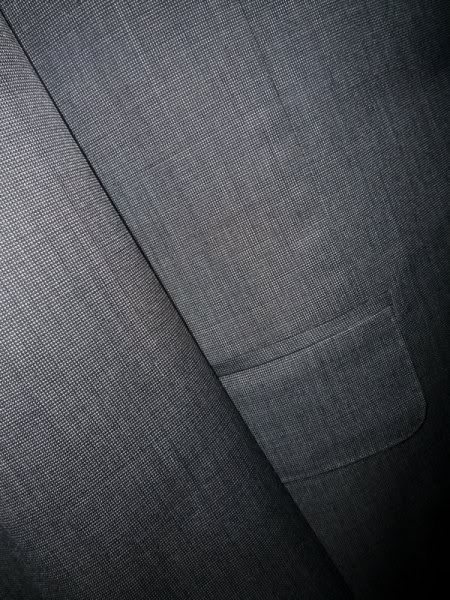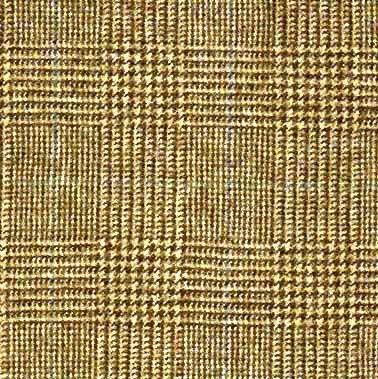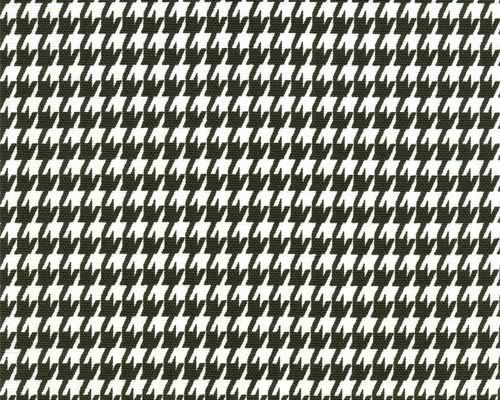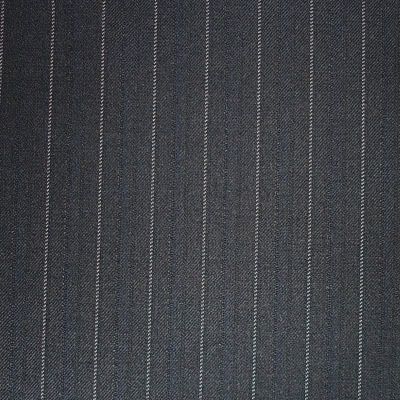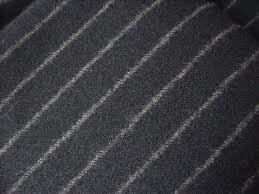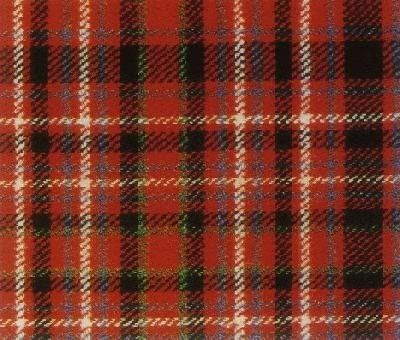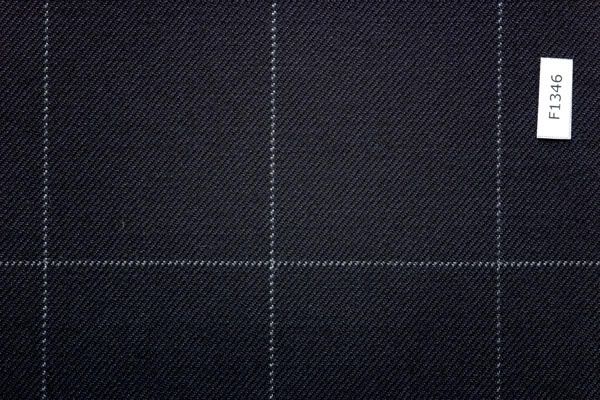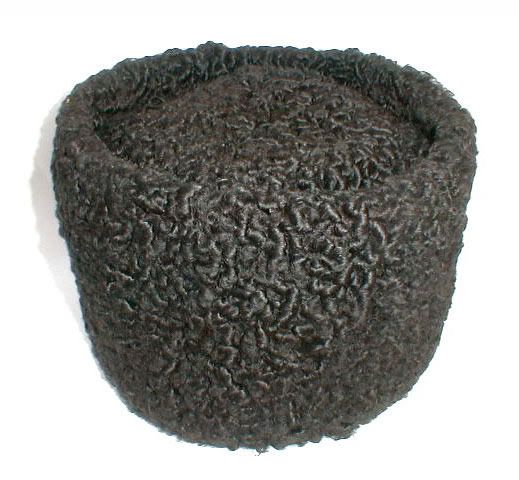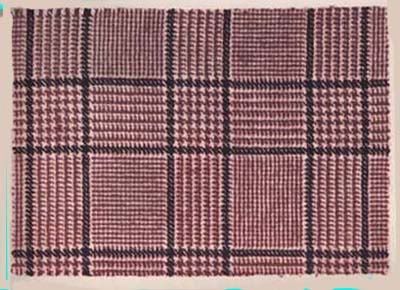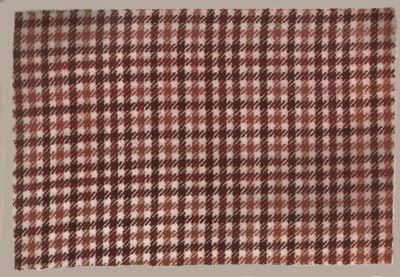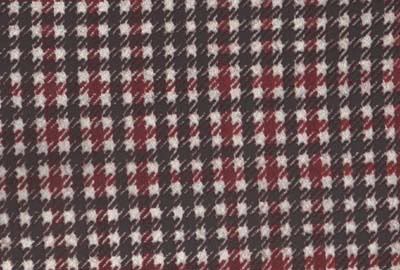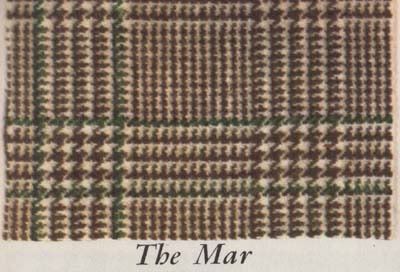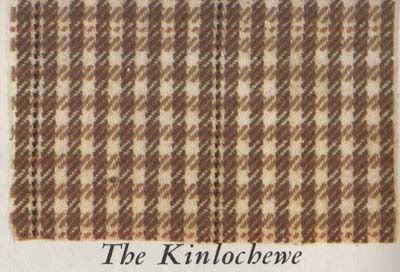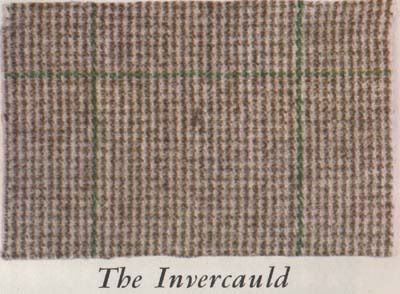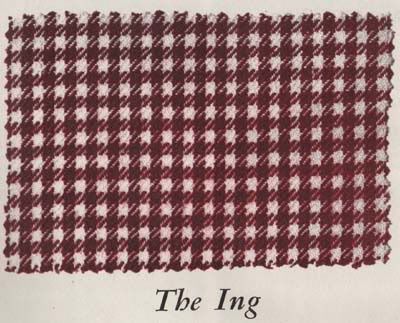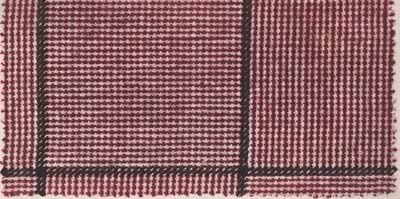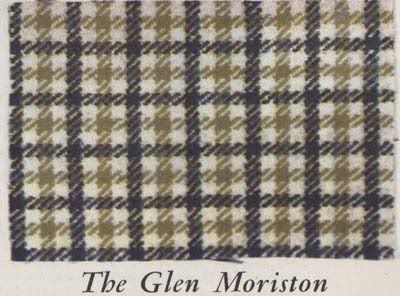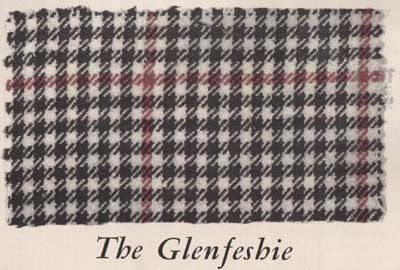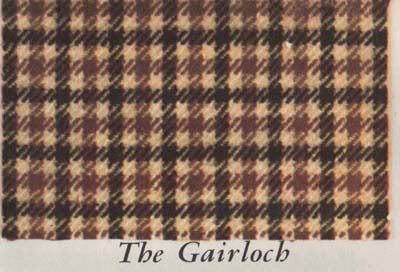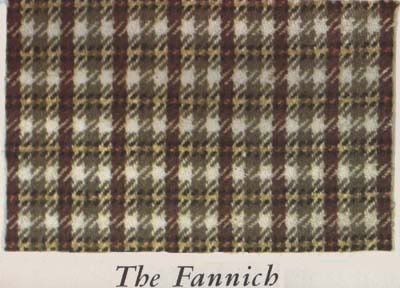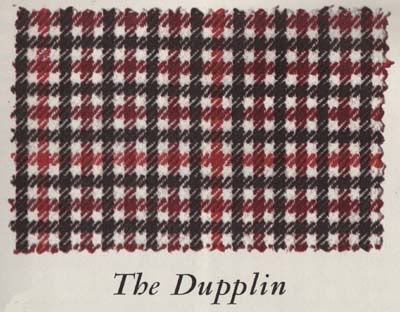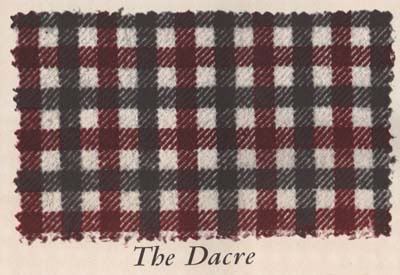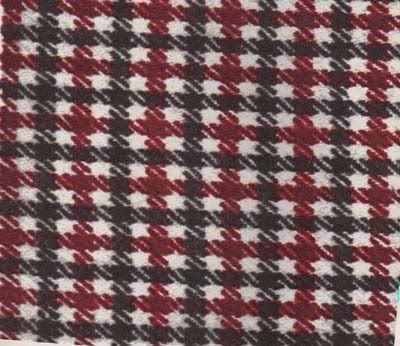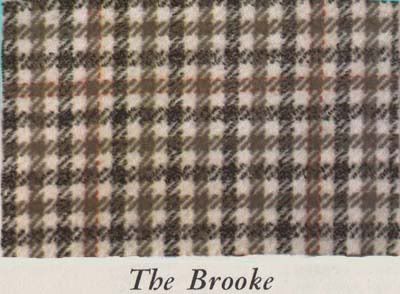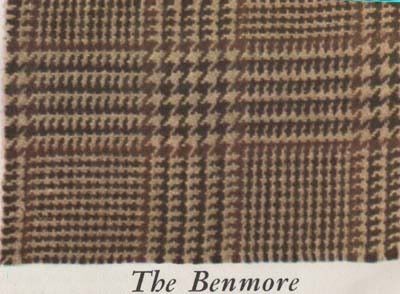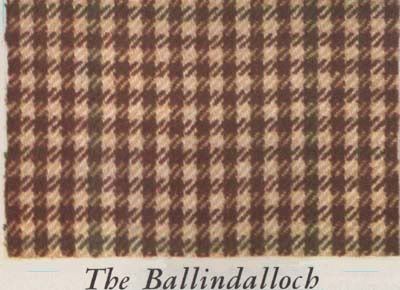Undertow
My Mail is Forwarded Here
- Messages
- 3,126
- Location
- Des Moines, IA, US
For those interested in bespoke tailoring, or for those simply looking for answers, the following is a tentative, comprehensive list of various fabrics used in clothing manufacture. *Please note, I tried to include fabrics that are either currently or recently used in clothing; there are thousands of upholstery and furnishing fabrics - this list only covers common clothing fabrics.

Acetate: pioneering synthetic fabric which helped lead into permanent pleating in menswear; typically blended with cotton or wool to instill excellent wrinkle recovery and draping quality, also quick drying and inexpensive.

Acrylic and Olefin: synthetic fibers typically seen in blended fabrics; although holds color well, wicks heat from body and inexpensively produced, both fabrics are highly flammable; typically used in active wear and upholstery, no longer seen in dress shirt blends.
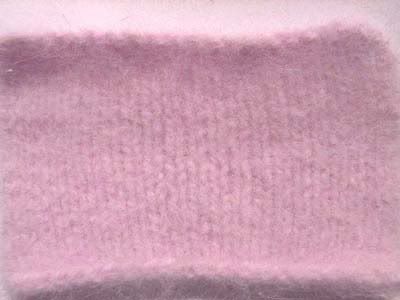
Angora: harvested from the Angora rabbit, angora wool is considered one of the highest luxury wools produced; although it does not have the same elasticity of sheep wool, angora is much softer and sports a hollow fiber giving it a lighter feel; typically blended with wool in order to improve its elasticity and durability.
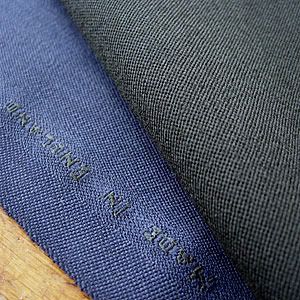
Barathea: soft hopsack twill giving the appearance of pebbled, ribbed surface, sometimes seen in evening coats and dinner jackets.
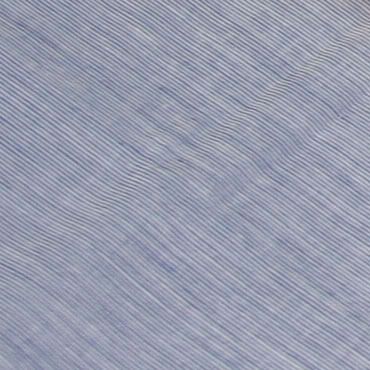
Batiste

Chambray
Batiste or Cambric or Chambray: a fine cloth made from cotton or linen, or sometimes wool or polyester, lightweight and opaque, may be used in some dresses; while Cambric typically has coarse appearance and is often associated with Linen, Batiste and Chambray’s finishes are typically smoother; usually seen in casual to business casual dresses or shirts, or also used in bed linens.
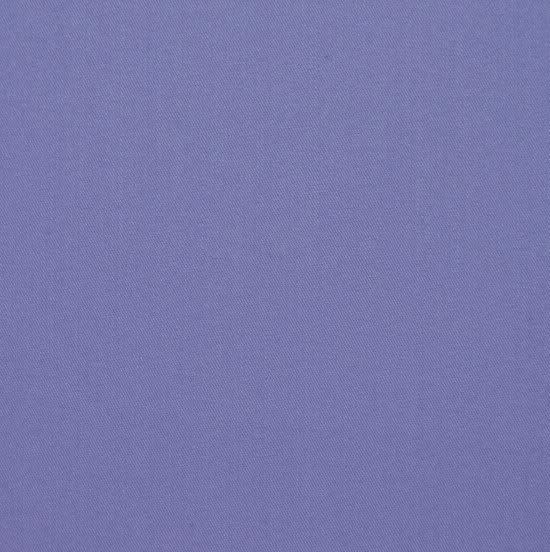
Broadcloth, Modern

Broadcloth, Classic
Broadcloth (old): dense woolen cloth, which may also be made of cotton; once used for luxury wear, now used in drapery, furniture and car interiors.
Broadcloth (modern): tightly woven and typically 100% cotton, formal or semi-formal cloth; appears monochromatic however usually woven with slightly differing yarns for added depth to color, considered some of the finest shirt fabric.
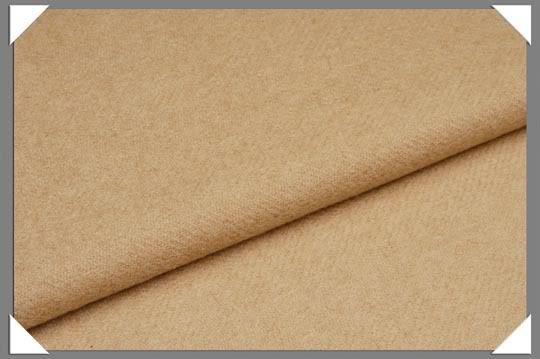
Camel Hair: similar to wool; harvested from molting camels; very soft and provides warmth without added weight.
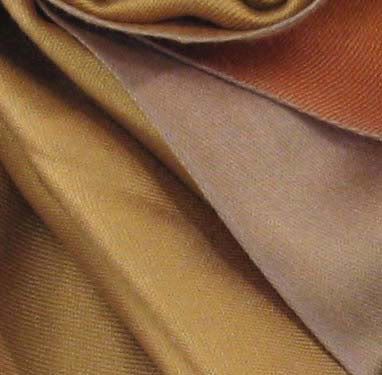
Cashmere: strong, luxurious and soft, produced from goats; typically very warm and lightweight

Acetate: pioneering synthetic fabric which helped lead into permanent pleating in menswear; typically blended with cotton or wool to instill excellent wrinkle recovery and draping quality, also quick drying and inexpensive.

Acrylic and Olefin: synthetic fibers typically seen in blended fabrics; although holds color well, wicks heat from body and inexpensively produced, both fabrics are highly flammable; typically used in active wear and upholstery, no longer seen in dress shirt blends.

Angora: harvested from the Angora rabbit, angora wool is considered one of the highest luxury wools produced; although it does not have the same elasticity of sheep wool, angora is much softer and sports a hollow fiber giving it a lighter feel; typically blended with wool in order to improve its elasticity and durability.

Barathea: soft hopsack twill giving the appearance of pebbled, ribbed surface, sometimes seen in evening coats and dinner jackets.

Batiste

Chambray
Batiste or Cambric or Chambray: a fine cloth made from cotton or linen, or sometimes wool or polyester, lightweight and opaque, may be used in some dresses; while Cambric typically has coarse appearance and is often associated with Linen, Batiste and Chambray’s finishes are typically smoother; usually seen in casual to business casual dresses or shirts, or also used in bed linens.

Broadcloth, Modern

Broadcloth, Classic
Broadcloth (old): dense woolen cloth, which may also be made of cotton; once used for luxury wear, now used in drapery, furniture and car interiors.
Broadcloth (modern): tightly woven and typically 100% cotton, formal or semi-formal cloth; appears monochromatic however usually woven with slightly differing yarns for added depth to color, considered some of the finest shirt fabric.

Camel Hair: similar to wool; harvested from molting camels; very soft and provides warmth without added weight.

Cashmere: strong, luxurious and soft, produced from goats; typically very warm and lightweight
